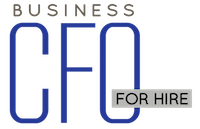Case Studies
Check out how we’ve helped companies like yours as their virtual or in-person CFO.
Financial Transformation
OBJECTIVE: To implement a robust yet flexible finance system that meets both today and tomorrow’s management’s needs. Realign human capital, to meet needs and adjust hierarchical reporting to meet objectives. The said transformation must equate to at least a 12% expense saving.
Raising Working Capital
OBJECTIVE: Prepare a feasible, realistic and robust process for financial projections, reporting and transparency, enabling and securing a $1.5 Million debt facility.
Addressing Risk Mitigation
OBJECTIVE: To provide a holistic overview of the clients business, identifying risk, consequences and possible solutions.
Basic Bookkeeping
OBJECTIVE: To provide the small business owner with regular monthly, accurate financial statements.
Financial Modeling
OBJECTIVE: To understand why a Service Provider was bleeding funds, while their sales funnel was full.
Raising Working Capital
OBJECTIVE: Prepare a feasible, realistic and robust process for financial projections, reporting and transparency, enabling and securing a $1.5 Million debt facility.
Statutory Sales Tax Compliance
OBJECTIVE: A family-owned service company with 20 + employees, was considering exiting their business and requested a compliance audit on statutory State and Federal deductions.
Develop and implement a functional back office to support Operational activities
OBJECTIVE: A publicly traded company, was expanding its distribution channel into a new country. They wished to incorporate and set up a new international company that would be a subsidiary of the holding company. They needed representation on the ground that could spearhead the operation from a concept to a fully functional support system.
2nd Tier Banking Finance- “Un-Bankable” Client requires Equipment Funding
OBJECTIVE: A family-owned manufacturing company with 50 + employees, was in need of new manufacturing equipment. Neither their bank nor competitor banks, would consider financing the company capital projects. The equipment was a need, not a want.

